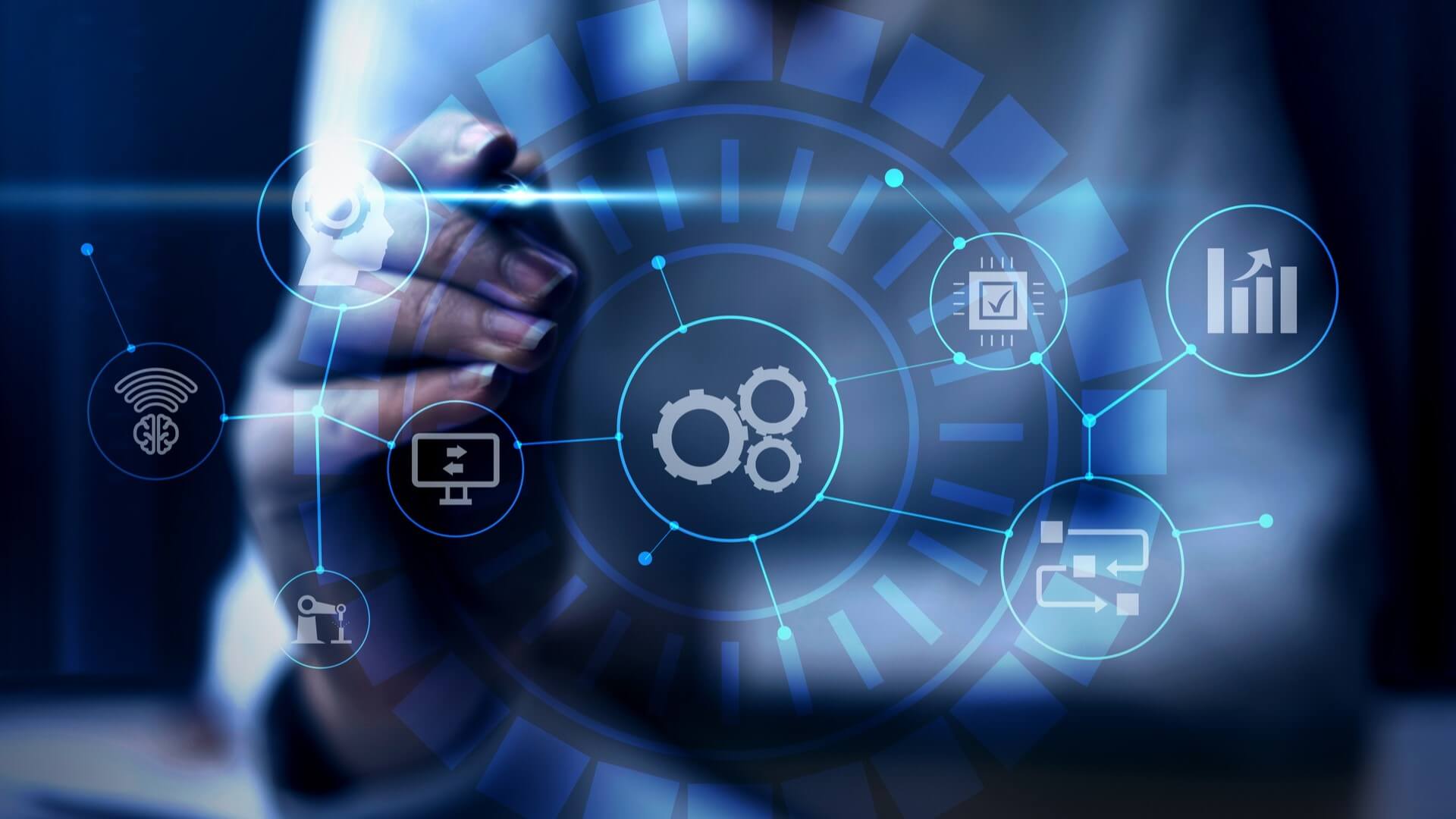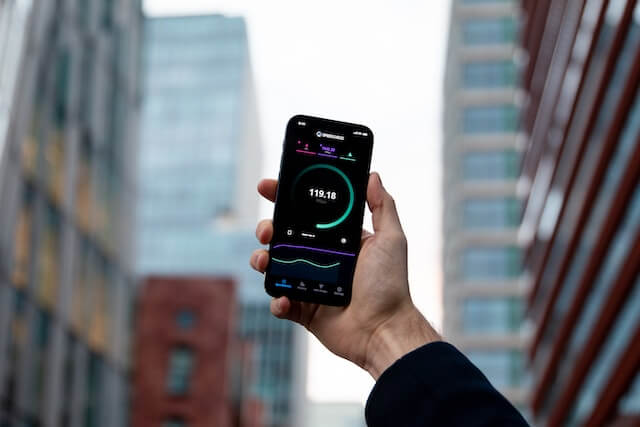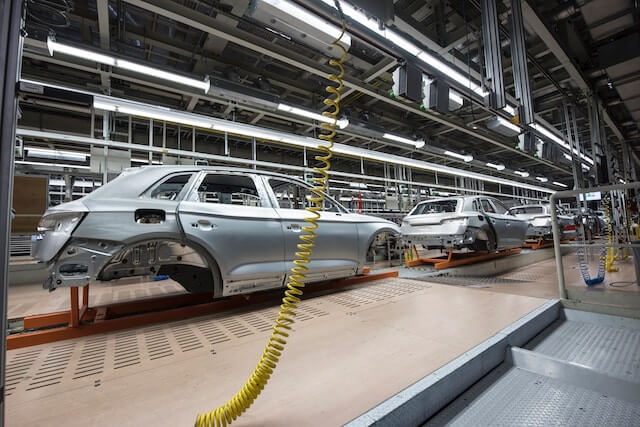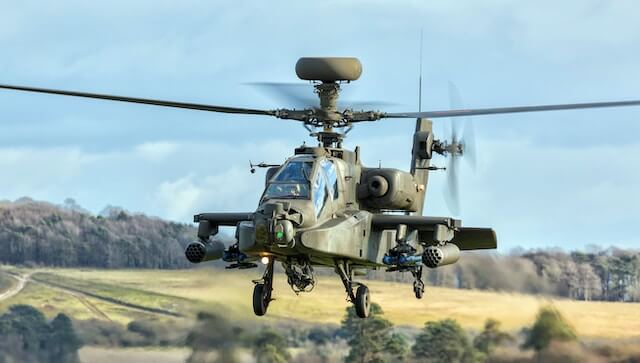
If you work in the network connectivity industry, the Internet of Things (IoT) may seem simple; it refers to a network of interconnected computing devices, machines, objects, animals, and people that are able to share data with other devices and systems over the network.
Again, if you're in the networked connectivity industry, you may visualize things like climate sensors, Bluetooth beacons that track shipments, connected TVs and OTT devices, virtual assistants, smart thermostats, unmanned retail kiosks, smart shopping carts, and more.
However, if you are not familiar with the field, the IoT and the definitions above may seem a bit esoteric. Indeed, with seemingly limitless use cases being applied to every major industry, it's hard to think around the concept right off the bat.

However, the IoT is predicated on some simple questions: What would happen if A could "communicate" with B? How much could a home save on utility bills if it could communicate with its car? How many lives could be saved if doctors could get real-time insight into the vital signs of high-risk patients? Truly incredible!
Just think, by some estimates, there could be over 75 billion IoT devices worldwide by 2025. So, the IoT is not a passing fad - it's here to stay. The possibilities for technological innovation, economic growth, and human prosperity are dizzying.
With that in mind, we'd like to take a moment to introduce you to the five types of IoT:
Consumer Internet of Things (CIoT)
Consumer Internet of Things (CIoT) refers to the use of IoT for consumer applications and devices. Common consumer IoT products include smartphones, wearable devices, smart assistants, home appliances, etc.

Typically, consumer IoT solutions utilize Wi-Fi, Bluetooth, and ZigBee to facilitate connectivity. These technologies provide short-range communication and are suitable for deployment in smaller locations, such as homes and offices.
Commercial (IoT)
While consumer IoT tends to focus on enhancing personal and home environments, commercial IoT takes it a step further by delivering the benefits of IoT to larger venues. Think: commercial office buildings, supermarkets, stores, hotels, hospitals and entertainment venues.
There are many use cases for commercial IoT, including monitoring environmental conditions, managing access to corporate facilities, and saving money on utilities in hotels and other large venues. Many commercial IoT solutions are designed to improve customer experience and business conditions.

Industrial Internet of Things (IIoT)
The Industrial Internet of Things (IIoT) is probably the most dynamic part of the IoT industry. It is focused on enhancing existing industrial systems to make them more productive and efficient. Industrial IoT deployments are typically found in large factories and manufacturing plants, and are often associated with industries such as healthcare, agriculture, automotive, and logistics.
The Industrial Internet is probably the best-known example of the Industrial IoT.
Infrastructure (IoT)
Infrastructure IoT focuses on the development of smart infrastructures that incorporate IoT technologies to improve efficiency, cost savings, maintenance, etc. This includes the ability to monitor and control the operation of urban and rural infrastructure (e.g., bridges, railroad tracks, onshore and offshore wind farms).
Technically speaking, the infrastructure IoT is a subset of the industrial IoT. However, due to its importance, it is often considered as a separate category.

Internet of Military Things (IoMT)
The last type of IoT is the Internet of Military Things (IoMT), often referred to as the Internet of Battlefield Things, the Internet of Warfare Things, or simply IoBT. IoMT is exactly what it sounds like - the use of IoT in military and battlefield environments. Its primary purpose is to improve situational awareness, enhance risk assessment, and reduce response times.
Common IoMT applications include connecting ships, aircraft, tanks, soldiers, drones, and even forward operating bases through connected systems. In addition, IoMT generates data that can be used to improve military practices, systems, equipment, and strategies.
